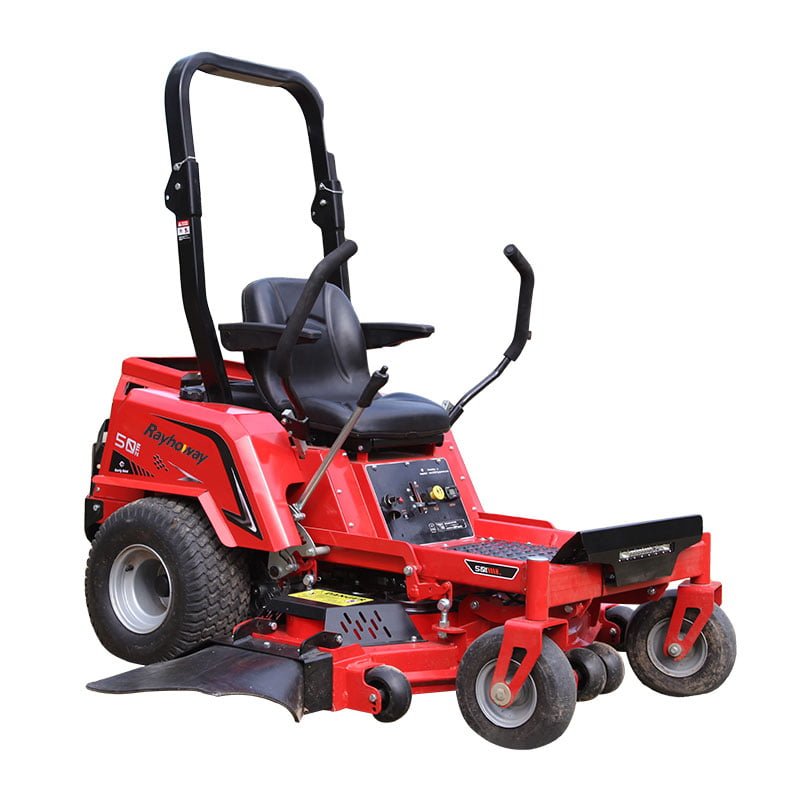Zero turns have gained popularity due to their exceptional maneuverability and efficiency in mowing lawns of all sizes. Unlike traditional lawn tractors, zero-turn mowers can pivot 360 degrees around their central axis, making it possible to mow in tight circles and navigate around obstacles with ease. However, there is a common concern among potential buyers: are zero-turn mowers hard to steer? In this article, we will explore the steering mechanisms of zero-turn mowers and address the ease of use for operators.
Understanding Zero Turns Steering
Zero turns are designed with a unique steering system that differs from traditional lawn tractors. Instead of using a steering wheel, zero-turn mowers typically utilize two levers or handles, often referred to as lap bars, for steering control. Each lever independently controls the speed and direction of the mower’s rear wheels. By manipulating these levers, the operator can achieve precise and responsive turns, including zero-radius turns, which are not possible with conventional steering systems.

Learning Curve for Steering
For those accustomed to steering with a wheel, the lever-based system of zero-turn mowers may initially seem challenging. There is a learning curve involved in mastering the coordination required to operate the lap bars smoothly. New users may find it awkward or difficult to steer at first, especially when trying to make tight turns or reverse direction.
However, most people adapt to the steering mechanism quickly. Manufacturers often provide tutorials, and some models come with instructional features that help users learn the basics of operation. With a bit of practice, steering a zero-turn mower becomes intuitive and straightforward.
Advantages of Zero-Turn Steering
Once the initial learning curve is overcome, the advantages of zero-turn steering become apparent:
Precision
The ability to make precise turns is a significant advantage of zero-turn mowers. This precision allows for detailed trimming around landscaping features, trees, and other obstacles, resulting in a more professionally manicured lawn.
Efficiency
Zero turns can significantly reduce mowing time. Their ability to turn on the spot eliminates the need for wide turning circles, enabling operators to cover more ground in less time.
Comfort
Many users find the lever-based steering to be more comfortable than using a steering wheel, especially during extended mowing sessions. The levers can be adjusted to fit the operator’s preferred position, reducing strain on the arms and shoulders.
Safety Considerations
While zero turns offer excellent maneuverability, it is essential to operate them with caution. The responsive steering can lead to tipping if the mower is turned too sharply on uneven terrain. Always follow the manufacturer’s guidelines regarding safe operation, and be mindful of the mower’s center of gravity, especially when making tight turns on slopes.
Conclusion
In conclusion, while zero-turn mowers may present a slight learning curve in steering for new users, they are not inherently hard to steer. With a bit of practice, most people find the lever-based steering system to be intuitive, efficient, and comfortable. The advantages of zero-turn steering, including precision, efficiency, and ease of use, make these mowers a popular choice for both residential and commercial lawn maintenance. As with any new tool or vehicle, taking the time to learn proper operation and safety protocols is key to getting the most out of your zero-turn mower.
Please leave a message if there is anything confused or visit official website if you are interested in.